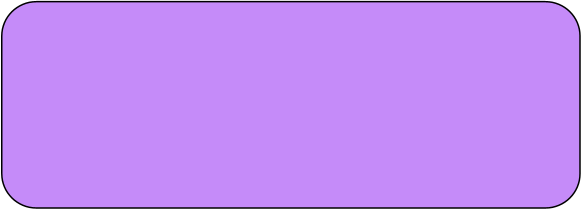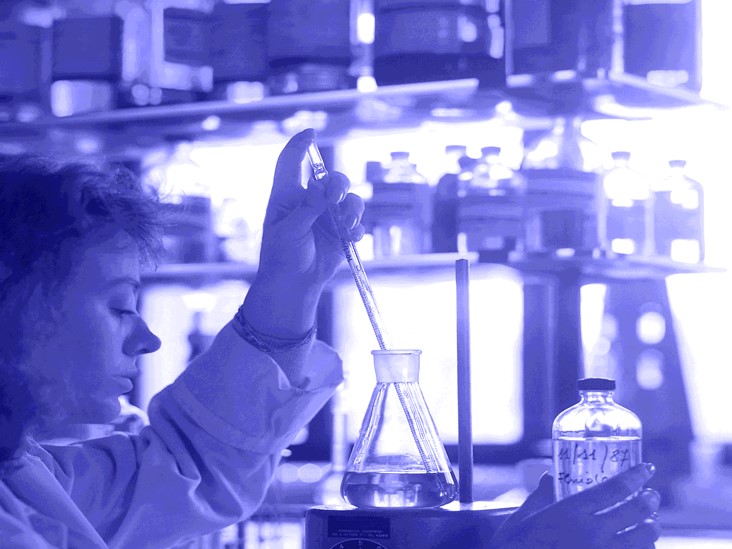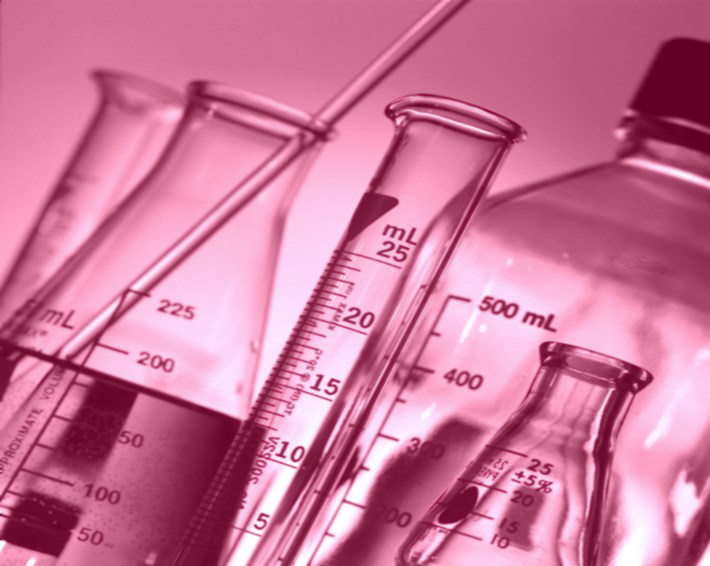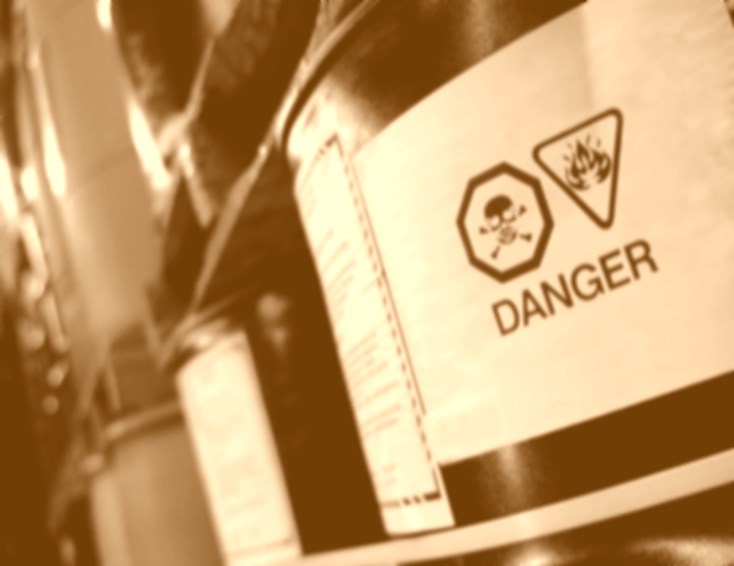


Do you have this bar at the top of your screen? Be sure to click to enable or allow any active content in this Powerpoint!

Chemistry Lab Equipment & Procedures

Identification & Usage Guide
by David Arrow

Begin

![MPj03905180000[1]](DCB5CBE8.jpg)





Do you have this bar at the top of your screen? Be sure to click to enable or allow any active content in this Powerpoint!

Chemistry Lab Equipment & Procedures

Identification & Usage Guide
by David Arrow

Begin

![MPj03905180000[1]](DCB5CBE8.jpg)

